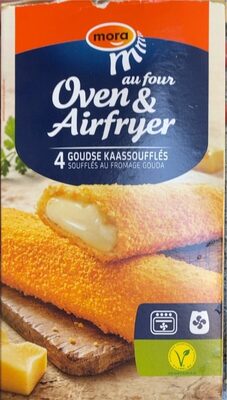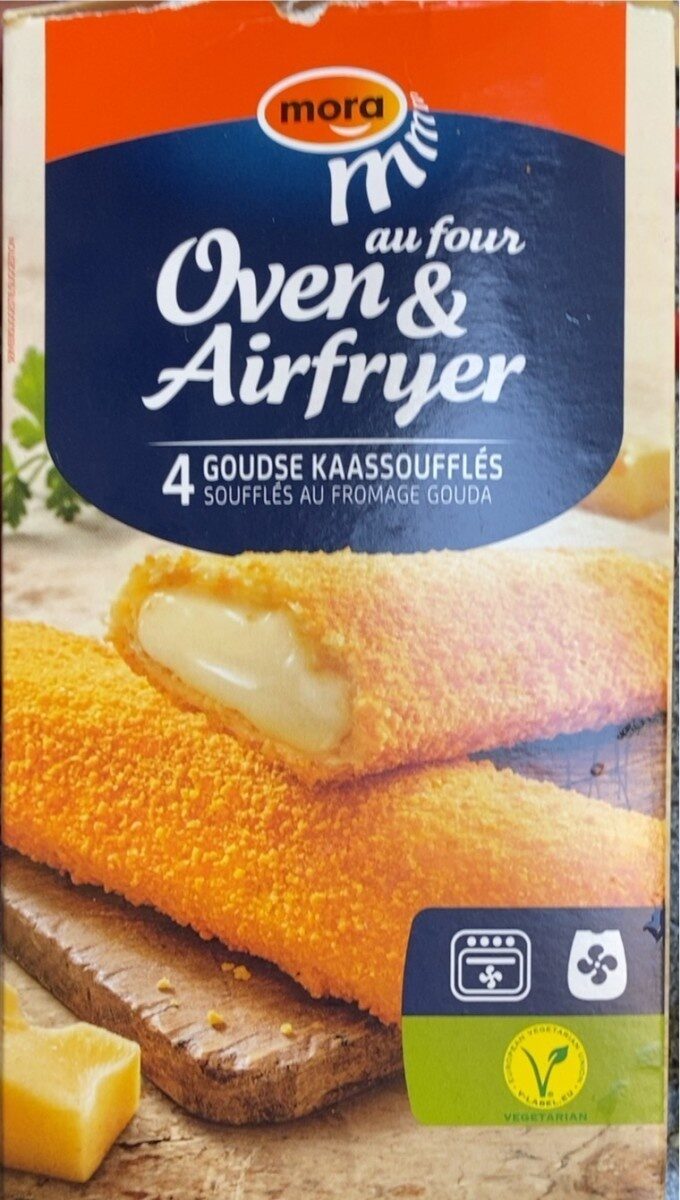kaassoufflé - Mora
This product page is not complete. You can help to complete it by editing it and adding more data from the photos we have, or by taking more photos using the app for Android or iPhone/iPad. Thank you!
×
Barcode: 8710861995194 (EAN / EAN-13)
Common name: Kaassouflé, voorgefrituurd, diepvries
Packaging: Cardboard
Brands: Mora
Categories: Snack deep fried
Link to the product page on the official site of the producer: https://www.hoogvliet.com/product/mora-o...
Stores: Hoogvliet
Countries where sold: Netherlands
Matching with your preferences
Environment
Packaging
Transportation
Threatened species
Report a problem
Data sources
Product added on by openfoodfacts-contributors
Last edit of product page on by l3v1.
Product page also edited by aleene, inf, kiliweb, yuka.sY2b0xO6T85zoF3NwEKvlnMXT9z9mCiZCy3hlnyT2fmvdsbmOvFTy5bxDqs.
If the data is incomplete or incorrect, you can complete or correct it by editing this page.










